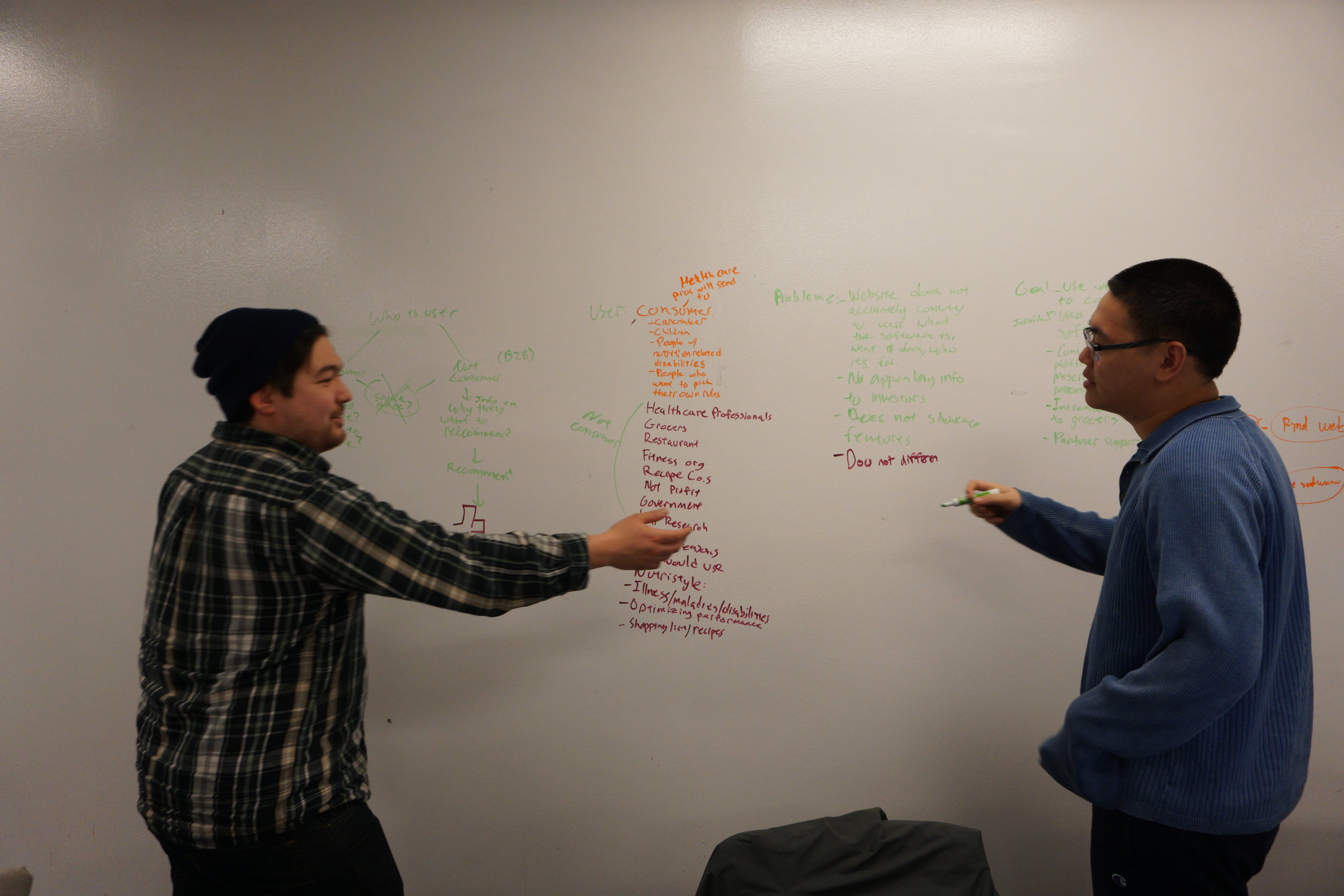Nutristyle Website Redesign
Modernizing and streamlining a website for an AI-powered meal planner in order to educate and engage new users.
Background Information
Project Scope
Redesign a cohesive website that properly informs users of what NutriStyle is and increase signups. Also cater towards potential future business partners to join a growing software platform.
What is NutriStyle?
A nutrition software solution powered by AI that seeks to connect users with both their physicians and their local grocer to create weekly customizable meal plans.
My Role
I was in charge of research and usability testing for this project. My research strategy involved recruiting a large number of participants for various surveys and interviews, and then taking that data alongside the secondary research I conducted and synthesizing it into actionable insights for the rest of my team and the client.
RESOURCES AND TOOLS
Sketch, Illustrator, Flinto, Google Forms, Zoom, SimilarWeb
SPRINT LENGTH
3 weeks


















